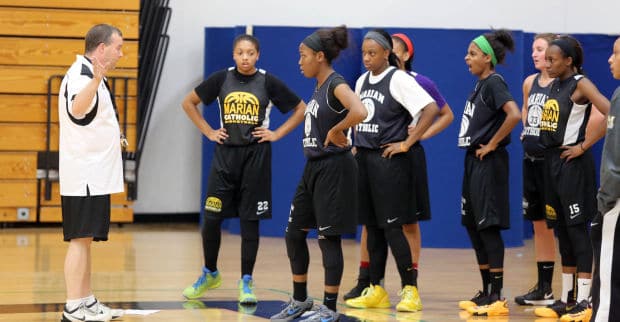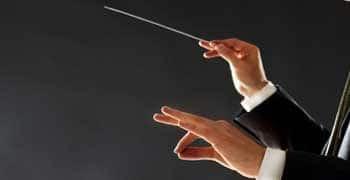Many in the Tribe have asked about the Full Court Trips Drill listed in the
Master Practice Plan from my last post, '
Do You Have a Master Plan?' Since this is the first drill we do just about every practice, it is appropriate for it to be the first drill detailed in this series.
We work on this drill every day of practice, and it has been invaluable to our program in making it a habit for our players to flow from our fast break directly into the Read & React. Our players love the opportunity to push the ball and score quickly, but if the defense gets back, we do not feel the need to pull the ball out and 'reset' in order to run offense.
Here is a video excerpt from
Planning the R&R Practice of our team running it, followed by the breakdown of the drill. To set up the video, I must mention that this was filmed at a Spring Clinic, and our team had been off for 2 months. It is not perfect, and we were using players from 3 different levels of our program. What I love about that is that they were all able to operate on the same page because of the
Read & React curriculum we have installed.
(If you don't have
Planning the R&R Practice, it is an invaluable resource that we use all season long for ideas and information)
Teaching Full Court Trips
The way we install Full Court Trips, is to first teach our early offense. We use an Inbounder, an Outlet, 2 Lane Fillers (who cross if we don't pass the ball ahead) and a Rim Runner. The first 3 trips can be taught to all players at all levels regardless of Read and React experience.




